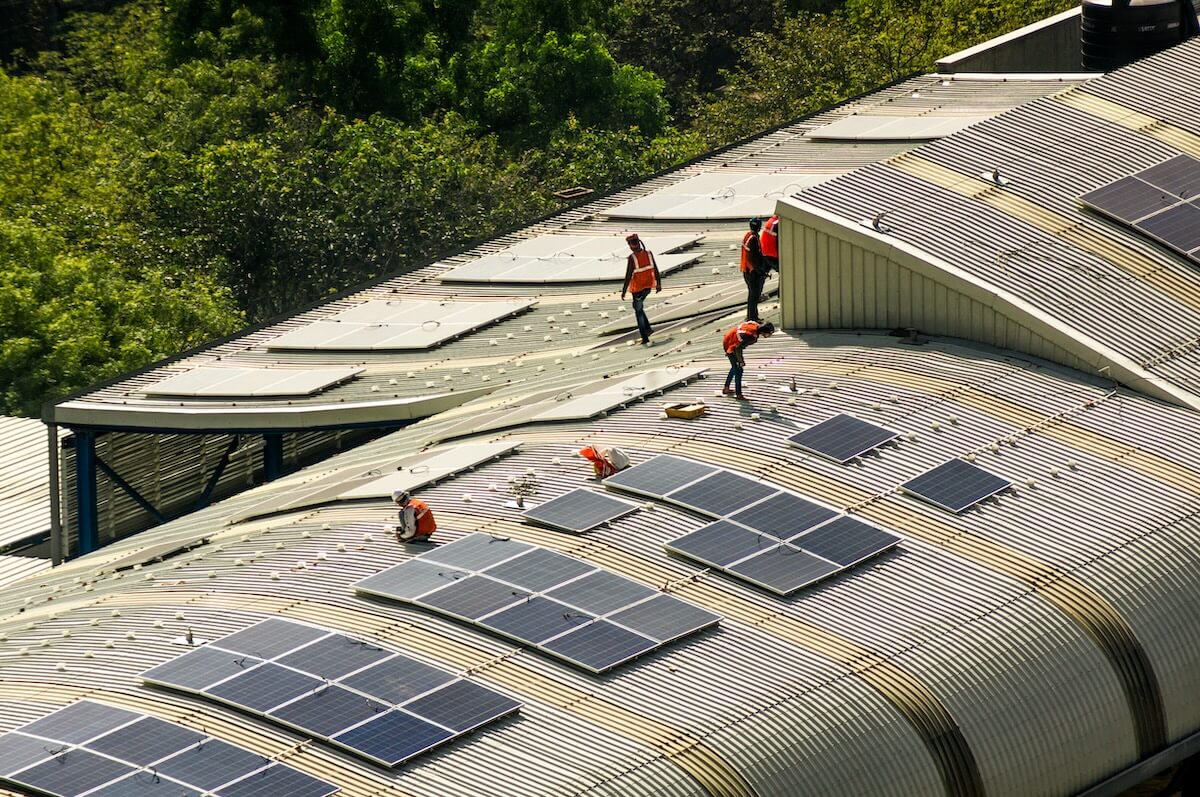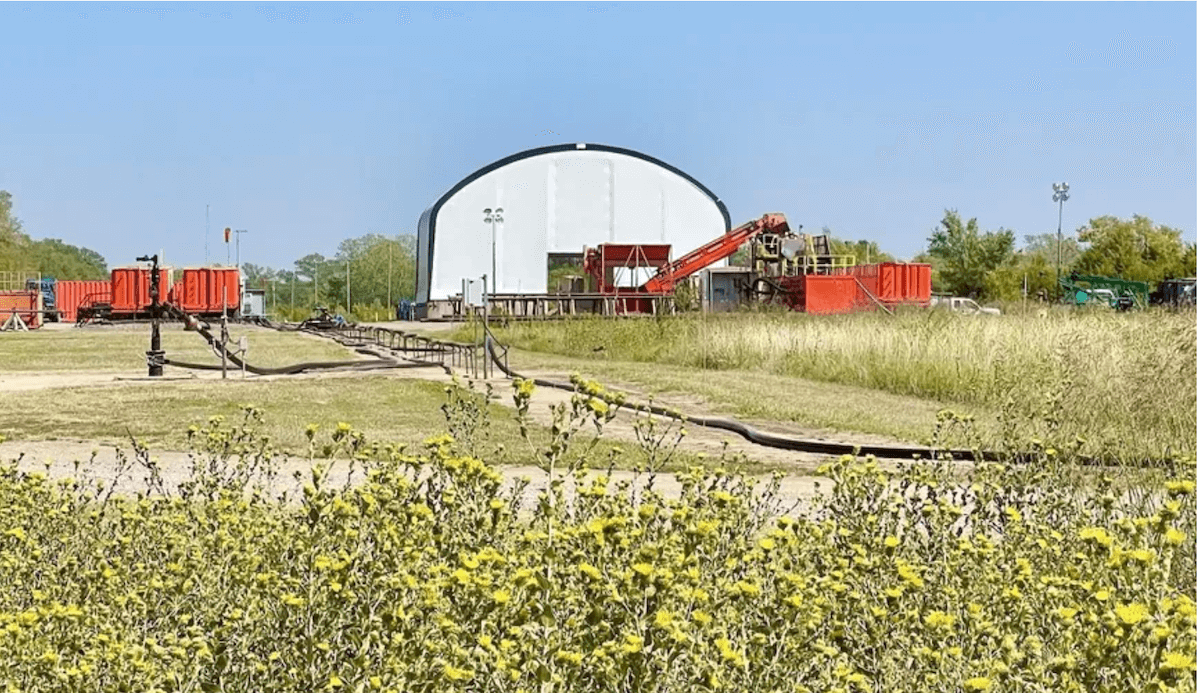Blended finance has gained significant momentum in the past few years, and we increasingly see more early stage and late stage blended finance deals emerge to attract the attention, and ultimately capital, of investors to advance the SDGs.
With traditional aid and development finance further stretched to meet immediate response and recovery needs brought on by COVID-19, there is greater urgency to create more bankable deals to draw increased and larger volumes of private capital to SDG projects.
As the aftermath of this pandemic slowly reveals itself, two things are clear: (i) in the current context, investors are more cautious to allocate capital, and (ii) concessional capital providers will be even more selective. Now more than ever, deal sponsors – any organization looking to fundraise or sponsor a deal – must strive to set themselves apart.
Over the course of the last five years, Convergence’s work to capture blended finance activity, support market acceleration, and match investors and deals, has helped us identify some effective ways to yield “better blending.”
Whether you are an international NGO supporting gender-smart small and medium-sized enterprises or a first-time fund manager developing a tiered structure to meet a diverse set of impact objectives, there are certain steps worth taking to attract capital from funders and investors:
1. Be intentional with your blended approach. Blended finance is not a remedy for all development challenges. There are many development interventions that require a purely grant funded model, or are commercially viable, and do not need catalytic capital to give them a boost. This is often one of the first questions a donor or concessional capital provider will ask themselves before proceeding, often framed as, “Is my role and participation additional?” because they have little interest to boost someone else’s returns without buying associated impact, or patch up a weak deal. So, deal sponsors must express why and how a blended finance approach is right for the investment vehicle and thesis. Demonstrate how you arrived at your proposed structure; reveal the considerations made for other structures, and/or share perspectives considered as a result of consultations with different investors to improve the credibility of your proposal.
You will likely also do better if you can link your capital structure to the specific development impact that would be unlocked as a result. Remember, from the point of view of a donor agency, foundation, or NGO, understanding the best and most efficient way to ‘buy impact’ or, demonstrate the specific impact you can generate with each dollar received, is imperative. If you can generate competitive returns without support from catalytic capital, or if a funder recognizes they could be more impactful by providing a grant of the same size or less, your blended vehicle likely won’t raise catalytic capital.
2. Balance innovation and scale. Innovation is exciting, but the reality is, institutional investors don’t share the same sentiment for innovative structures, and most are interested in standardized products that are familiar, tested, and proven. At Convergence, we encourage deal sponsors to ask, “Could this be achieved using a simpler structure?” The good news is that no matter what sector, SDG, or risk you face, there are case studies you can learn from, iterate, and even simplify. One trend worth mentioning is that portfolio approaches and tiered structures enable diversification, which in turn reduces risk. If we analyze historical deals in aggregate, we see how a portfolio approach can enhance a portfolio of projects from speculative grade to investment grade, while allowing investors with different risk, return, and impact motivations to invest alongside each other. In order to achieve scale, we must continue to learn from those before us and replicate what works.
3. Do your homework on targeted investors and funders. Deal sponsors that understand the market and key players will more likely impress investors and funders. Learn who is who, and types of capital investors and funders provide. Knowing historical activity can also assist deal sponsors in identifying and understanding investors’ specific limitations and areas of interest. Tools like the Investor-Data tool allows Convergence members to perform filtered searches (i.e. sector, region and SDG) to identify relevant investors and funders. There are also a host of other market builders dedicated to raising awareness and creating tools to invest for impact. The GIIN, Mission Investors Exchange, OECD, and AVPN are a few with great publicly available resources.
4. Avoid buzzwords and jargon. Use targeted terminology and make sure you can substantiate what you say. For instance, if you include SDG 5 (Gender Equality) as a targeted SDG and focus area of your investment opportunity, you should be able to (i) provide an analysis of how gender issues might affect your transaction, (ii) explain how your transaction in turn will help achieve greater gender equality, and (iii) detail how you intend to measure this impact through gender disaggregated data. Further, if you are seeking a combination of concessional and commercial capital, you may find it necessary to tailor your marketing materials to each of those specific audiences.
5. Build a brain trust. Blended finance is currently more of an art than a science and demands a range of organizations collaborate to achieve a common goal. A brain trust or advisory circle can help foster collaboration; and it pays to identify and engage potential investors and funders, and consider their feedback, as early as possible. A brain trust can also ensure you adopt all the lessons available on how to approach similar development challenges or risks – real or perceived –that require mitigation or risk transfer. We recommend building this taskforce and sound testing your concept as early as 3-6 months before fully developing and finalizing a vehicle.
Blended finance is on the rise but remains a complex structuring approach. Designing a vehicle takes time and fundraising can conservatively take anywhere from 1-2 years, even with a proven concept and expansive networks. Utilize the resources and tools available in the market to support your journey in designing the most investable blended finance vehicle. The reality is most structures look considerably different upon financial close, no matter what. So, deal sponsors must manage expectations; be open to reimagination and patient with the process to produce the most viable model for developmental impact and financial return. This way, we are better positioned to see more commercially viable and investible deals in developing countries targeting the SDGs.
Safia Gulamani is the associate director of client services at Convergence.











